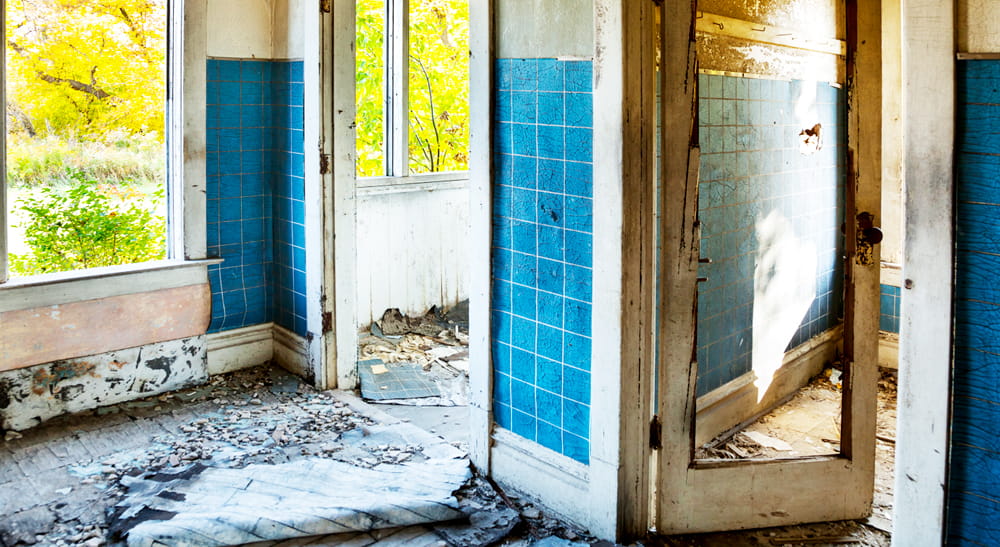Experts say the key to mold prevention is acting quickly when water damage strikes. Routine preventative measures to control moisture levels in your home can also help.
Clean up water damage immediately
Areas affected by water damage, such as a flooded basement, should be cleaned and dried as soon as possible. Professional water damage cleaning and restoration companies can often be of assistance. Shut off water sources immediately, turn off ceiling fixtures if the ceiling is wet and keep out of areas where ceilings are sagging from retained water. In many cases molds can be removed by thoroughly cleaning with a bleach and water solution according to the National Centers for Disease Control. Absorbent materials exposed to mold, like ceiling tile and carpet padding may have to be replaced.
Prevent water damage from becoming a problem
Take steps to prevent a flooding situation or moisture problem from developing.
- Fix leaks and seepage as soon as they're discovered.
- Inspect appliances routinely to make sure they are not leaking or dripping moisture and that they are working properly. Malfunctioning sump pumps and sewers commonly cause flooding.
- Be aware of routine home maintenance issues, such as the condition of your windows, gutters, roof and chimney. During winter, take care of ice dams and turn off the water lines to outside hose spigots. Both are known causes for moisture problems leading to mold.
- Maintain humidity levels with a dehumidifier and/or air conditioning, especially in hot, humid climates.
- Be sure your home has a source of fresh air, and open doors between rooms and closet doors to increase circulation.
